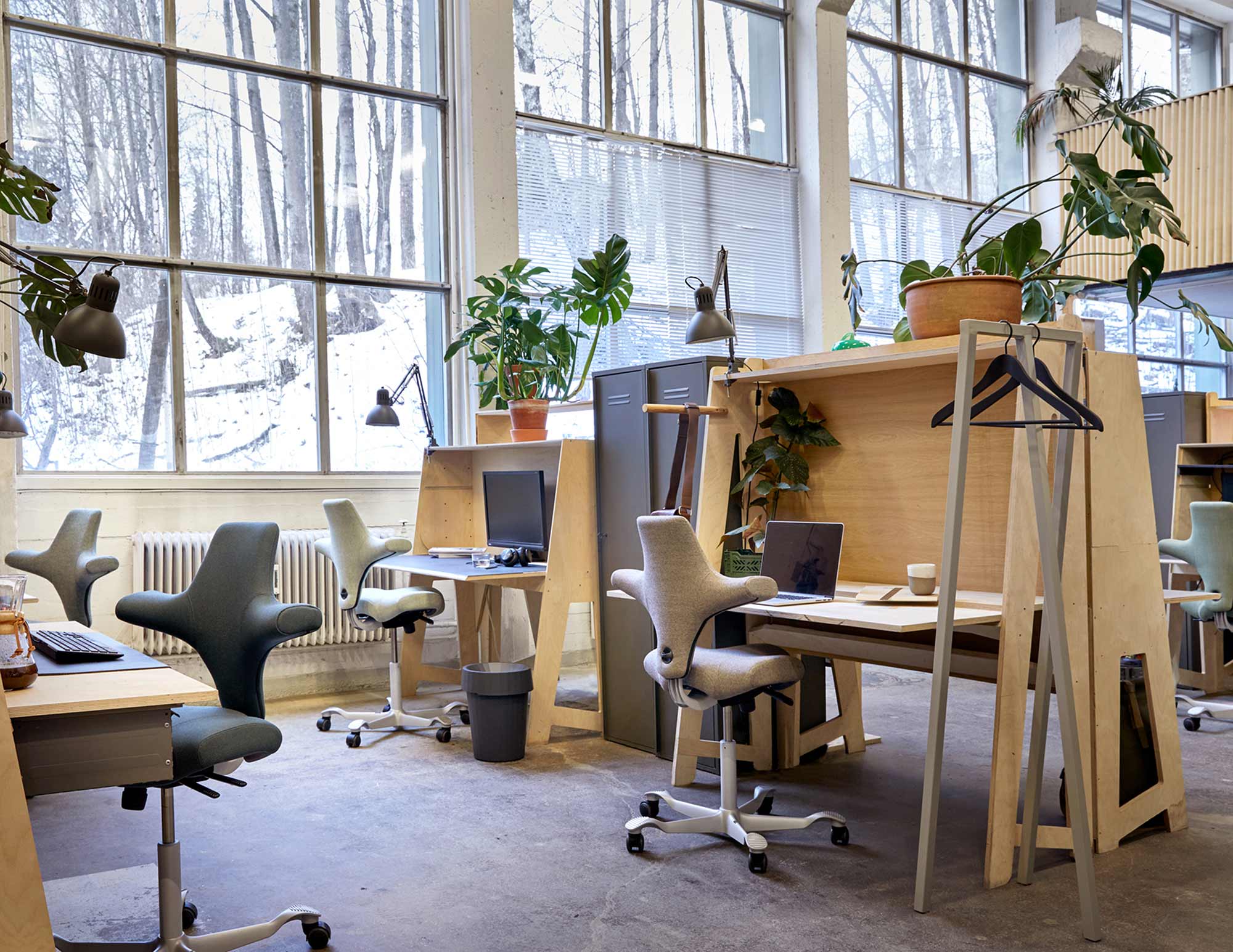
What next for the workplace?
The Flokk Future Lab shares their latest thoughts on how the pandemic has and will continue to influence the way people want to work, and how businesses and organisations will need to adapt to successfully navigate the future workspace ecosystems.
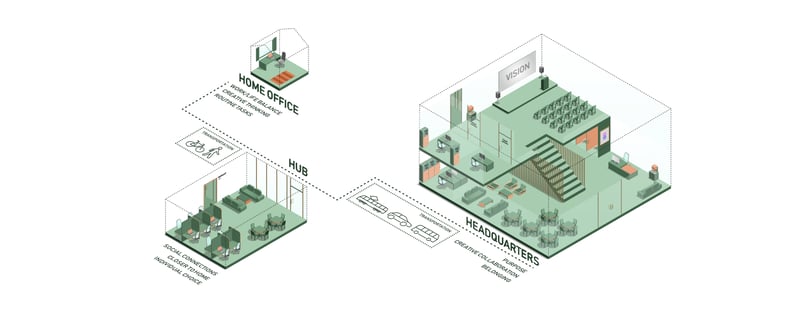
Exposed to a year of a different way of working, a sweeping range of newly awakened demands and expectations of what work should really be like will be the catalyst for a new workspace ecosystem. And whilst not every company will have the same solution, and some indeed will likely return to pre-covid working patterns, we expect that a significant number of workspaces will move away from the all-in-one office to a range of more purposeful spaces, including a more mature approach to working from home, local hubs and company HQ ‘Experience offices’.
So what measures need to be taken in order to adjust to post-covid employee expectations and get started on a path towards an effective workspace ecosystem?
Whitepaper - Returning to the post COVID Office: leveraging the new workspace ecosystem
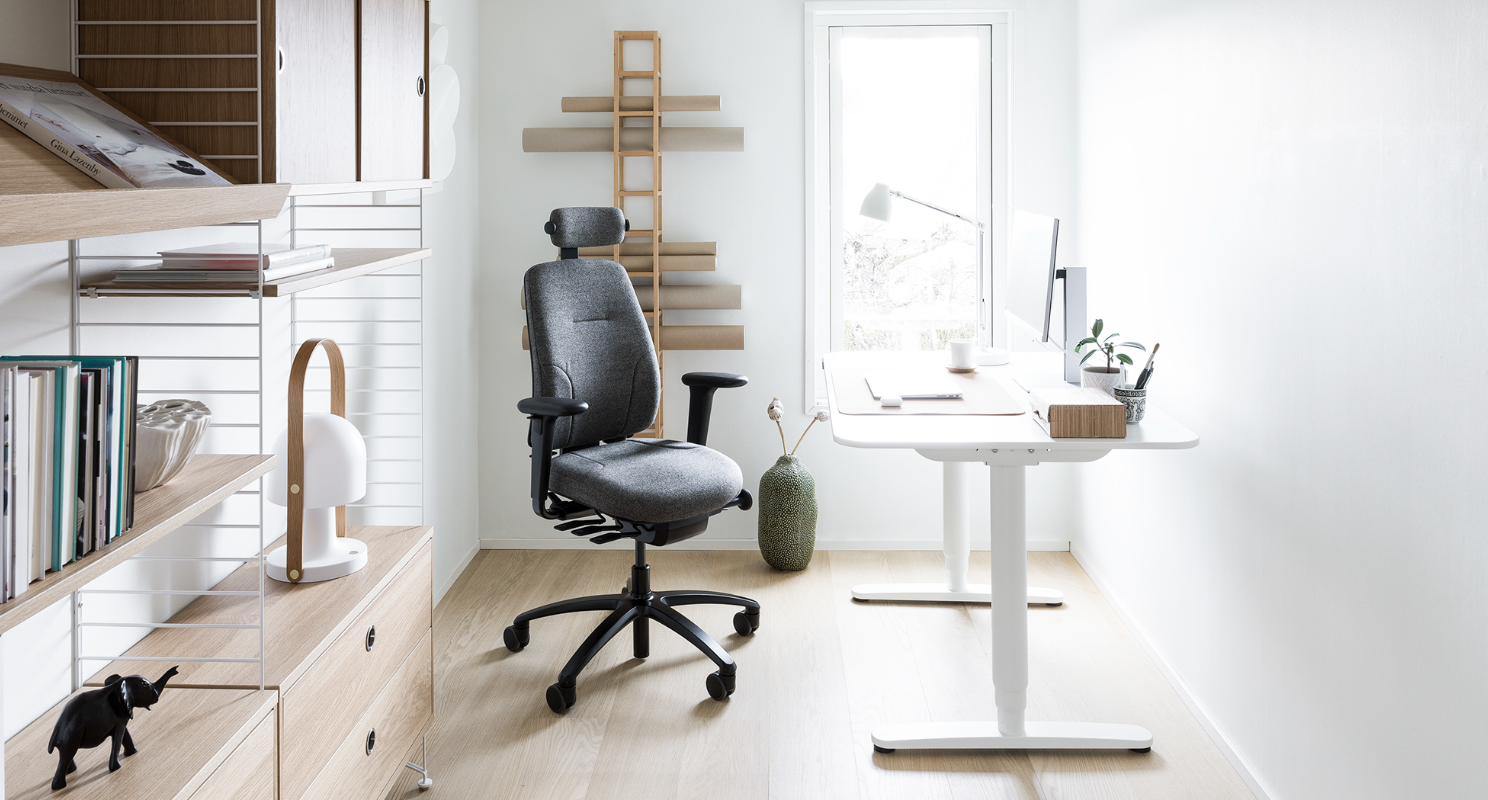
Featured: RH Logic 200, with Melange Nap 171 fabric by Kvadrat
The Lasting Impact of Remote Work
It is largely expected that remote work will be one of the more significant legacies of the Covid-19 pandemic. Both employees and employers can see a swathe of positive factors associated with work being done from afar, with statistical research to back it up. First and foremost it offers convenience for the worker, and when well-equipped provides a haven for productive individual work. Dependant on a company’s culture, it can also provide a degree of autonomy hard to come by when in a busy bustling office. However, for remote work to remain a significant aspect of the workspace ecosystem, companies will have to develop a more structured approach, not only to maintain high levels of productivity but also to ensure the health and wellbeing of workers.
Prior to the pandemic, relatively few companies had fully fleshed out working from home policies, end even now, few have formally caught up. And whilst the positive benefits of working from home (especially when it comes to work/life balance) meant many put up with unsatisfactory working conditions, evidence, both anecdotal and statistical, point to significant failings in many organizations to recognise that many home workspaces aren’t sufficient for sustained usage.
If the situation is to become more permanent a more measured approach will have to be taken to ensure that those who will work from home have the environment to do so. What is required for the home office to thrive is fairly uncomplicated, with the tasks performed at the home revolving around individual-focused work, combined with the ability to communicate effectively with colleagues, clients, and collaborators through digital tools.
On paper, what that means is standard risk assessments of the workspace, providing suitable seating, work surfaces, and computer equipment, combined with a robust digital tool kit to carry out the specific tasks required. And if a slice of home is to be permanently devoted to working, furniture and equipment need to be designed to blend into the home aesthetic.
One largescale survey reported that only 43% of individuals had a dedicated home office, with 27% no dedicated space at all. Furniture for home offices will need to take less visual attention, blurring with home interiors. Colourful and soft fabrics combined with the necessary ergonomic and human-centered features of traditional workspace furniture will be key when it comes to keeping people’s homes feeling like home, whilst maintaining the health and wellbeing of the worker.
Read more - What have we learnt after a year of working from home?
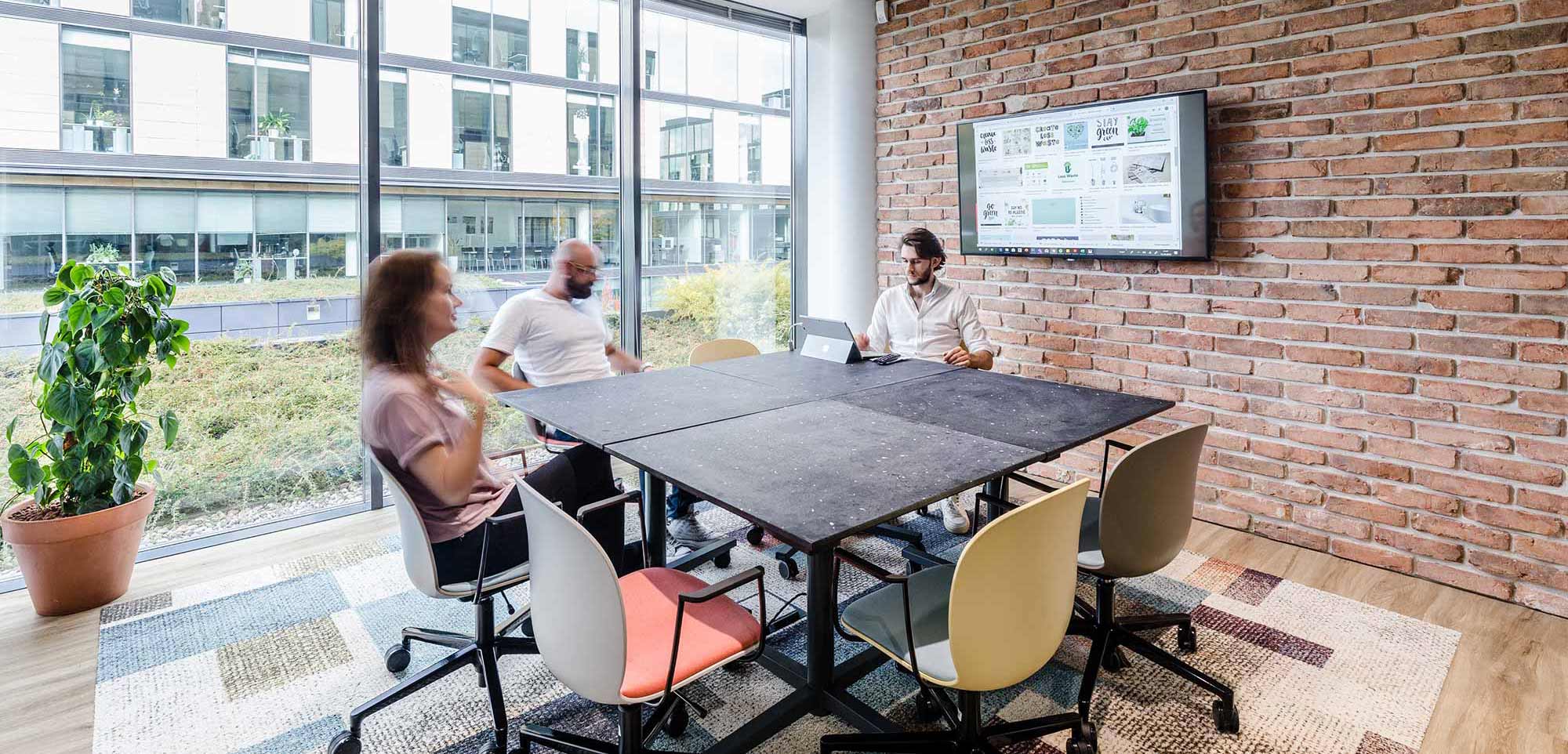
Featured: RBM Noor footbase, in various colours and fabrics
The Return to the office
With the home office potentially a permanent fixture on the work landscape, the role of the office will need to be adapted to accommodate new working patterns and optimise utilisation of the space available. Successful companies will adapt the office to provide environments for tasks and activities that cannot be done at home, and very successful companies will be those that shape their own workspaces to enhance company culture, improve team cohesiveness and offer the face to face collaboration lacking when working remotely.
With daily occupancy levels reduced, personal individual desks can be replaced by fewer, hot seat style workstations, with space recovered converted into project rooms & meeting spaces, presentation suites, social spaces, and other places for face-to-face communication. Of course, digital tools will need to be present to allow seamless interaction with those working from home too.
When designing these spaces, flexibility will be key. The key reason for this is that multiple teams will be utilizing the same space on different days, with their own set of requirements to maintain productivity. However, there are other reasons why flexibility is important, including changes in team size, important events, as well as special “all hands on deck” occasions. Room dividers and hanging acoustic panels can create a sense of space without permanent walls. Desking and seats that can be easily moved, adjusted, and suitable for all types of people will also be beneficial.
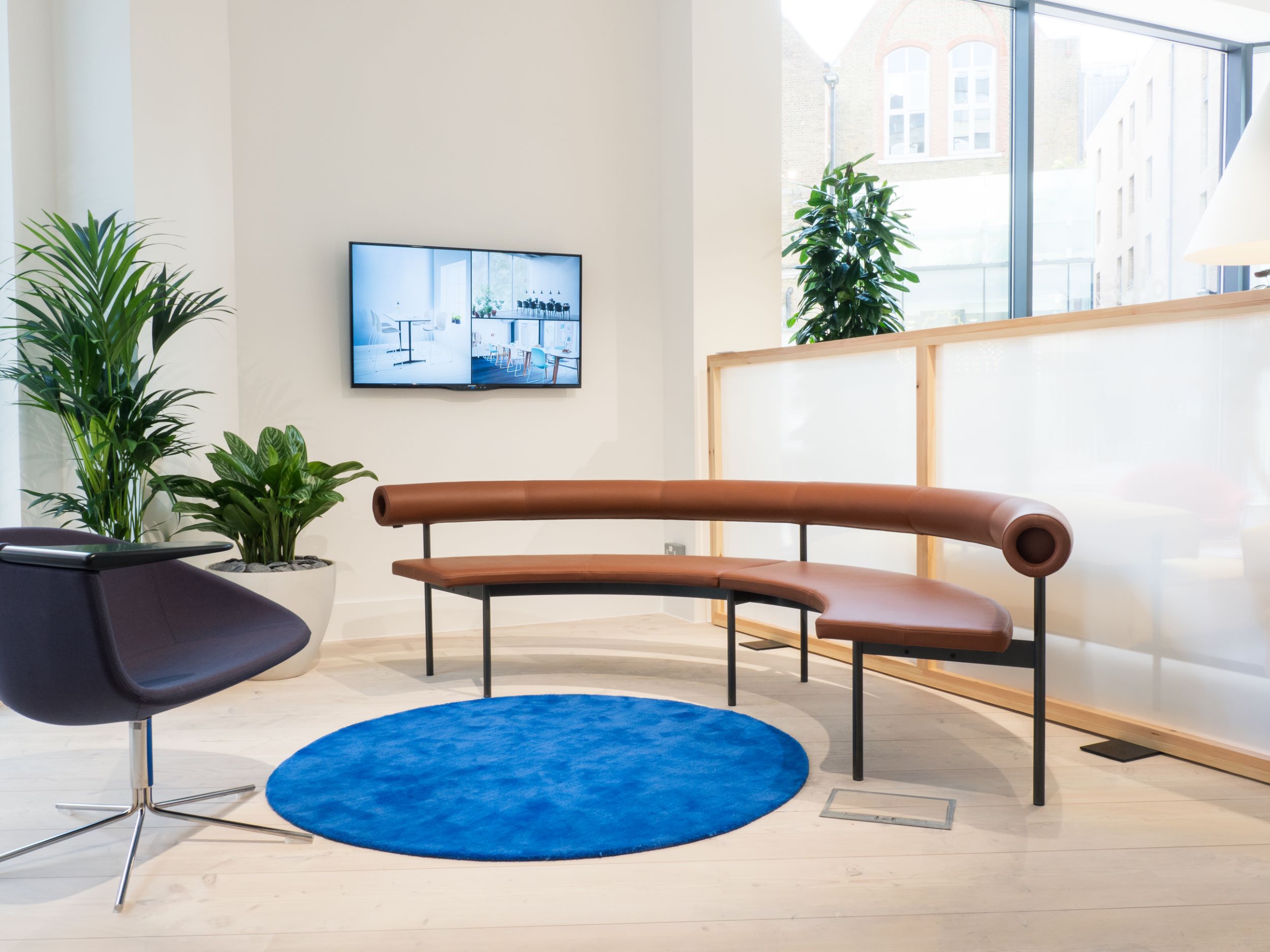
Modular seating that can be adapted to fit different sized spaces combined with lightweight and simple panels can create flexible and scalable workzones, such as social spaces and casual meeting places.
Featured: Offecct Font modular bench, Offecct Spoon low chair
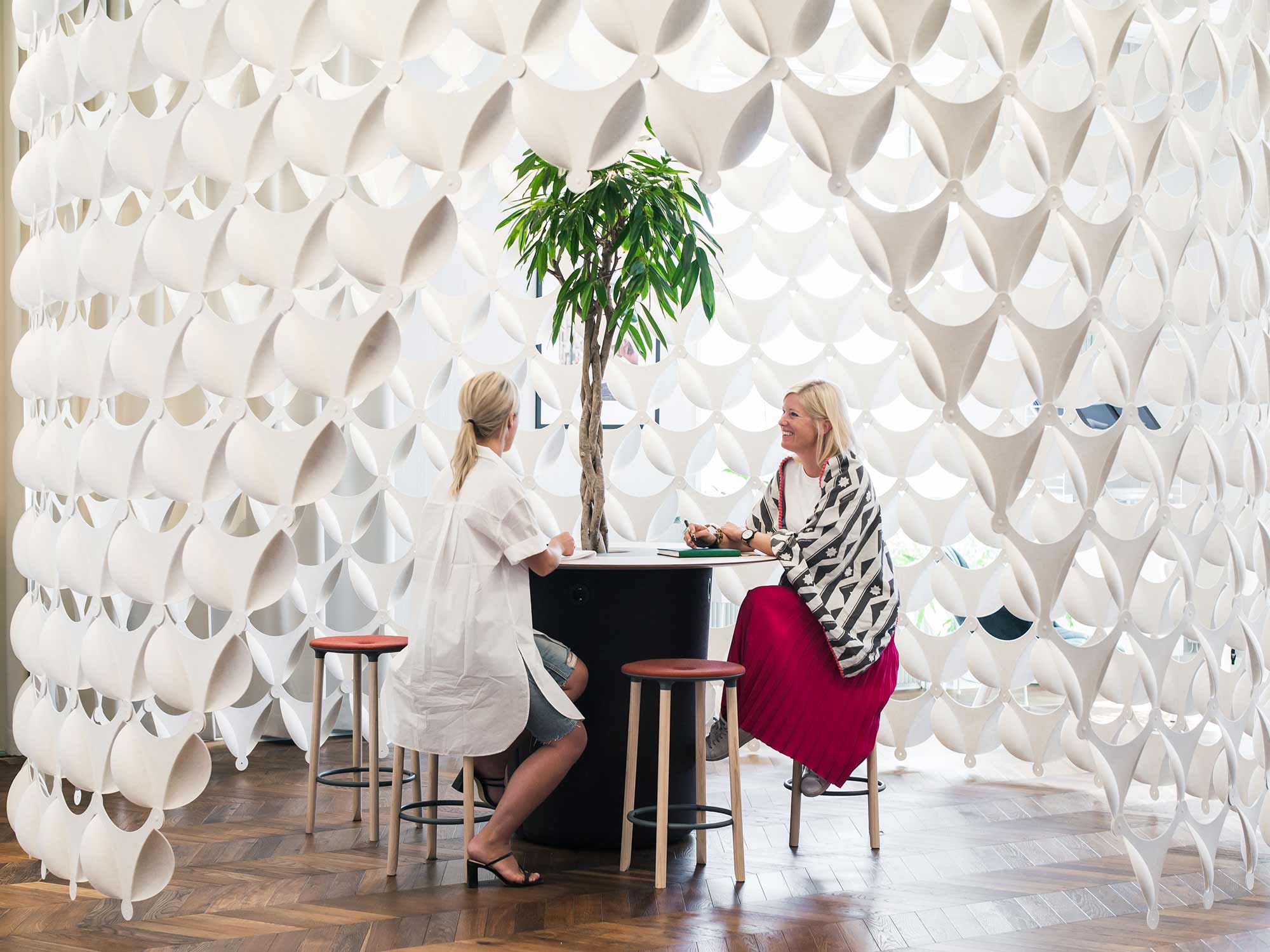
Acoustic panels & drapes can also create the impression of enclosed spaces, blocking line of sight and reducing noise interference, without the need for permanent walls.
Featured: Offecct Membrane room divider, Offecct On Point table & Offecct Move On chair
It's not just about shaping the space though. Proper training and planning on how to use these spaces effectively will be needed to make the most out of the environment and dissuade people from seeking out their old desks and setting up camp. And without a personal space, companies will have to think up new and creative ways to design their workspace to make employees feel like they belong. This is a theme we have previously covered, which you can read more about here
Of course, not every company is the same. There are many, for one reason or another have found working from home incompatible with their business, and will likely return to a setup not too dissimilar to what it was previously. However, for most, it will be somewhere on the scale in between.
Read - How do people want to work? Exploring the data
The third way
The changing landscape and paradigm shift when it comes to the way we work will add a third workspace ecosystem to more and more companies, that of the hub. The last two decades have seen a remarkable rise in the uptake of co-work offices, and we see this becoming part of the standard blend for more and more companies, and there are myriad reasons behind this.
People unwilling to return to the commute and new employees hired on the basis of work being done remotely may be too far from HQ to make commuting viable. Workers missing the social element of the workspace but wishing to retain a certain degree of autonomy choosing a hub with like-minded individuals to share a space with. Remote workers who occasionally need specialist equipment. And businesses looking to downsize their permanent office space in favour of short leases, global locations to attract the best talent around the world and retain flexibility for expansion & shrinkages.
Whatever the reason, these hub locations will no longer simply be a realm of start-up creatives, but an environment for a multitude of business types and employees, including those with established offices in other locations, as well as colleagues working remotely. What that means is they too will have to adapt to be able to provide for the changing needs of their users, in particular, a greater emphasis on tools to enhance digital collaboration with colleagues in other locations.
Read more - How Coworking spaces can embrace the rising popularity of flexible working

The future workspace ecosystem
It is clear that the office landscape is at a point of transition, and like previous transitions, it has taken a major global event to be the catalyst for such change. It’s no coincidence that major rethinks of the office in the past such as activity-based offices, the Taylorist office, and Burolandsschaft came after significant historical events such as the birth of the internet and WW2. And like these previous transitions, adapting is not simply a case of letting it happen. Companies must be proactive in identifying the wants, needs, and desires of their employees and creating the right ecosystem for them to thrive, enhance their wellbeing and as a result improve productivity in the age of the post-covid knowledge worker.
Download: Returning to the post-COVID Office: Leveraging the new workspace ecosystem
How will companies and organisations be affected by the change in workplace dynamics caused by the pandemic? And what measures can they take in order to successfully transition into the next workplace ecosystem?
Download our whitepaper to hear our take on these important questions facing businesses around the world.
This might also interest you
A deeper look at the history behind the HÅG x Recouture Collab
Learn how åkle developed across Norway, why the motifs look the way they...
HÅG x Recouture : Heritage craft for a design icon
Learn how Recouture give traditional Norwegian åkle new life, in...
Inspiring great work: How Mesh Community and Flokk are redefining the modern workspace
We explore how Mesh Community redefines workspaces—fostering creativity,...